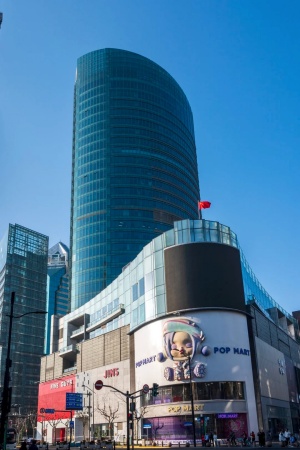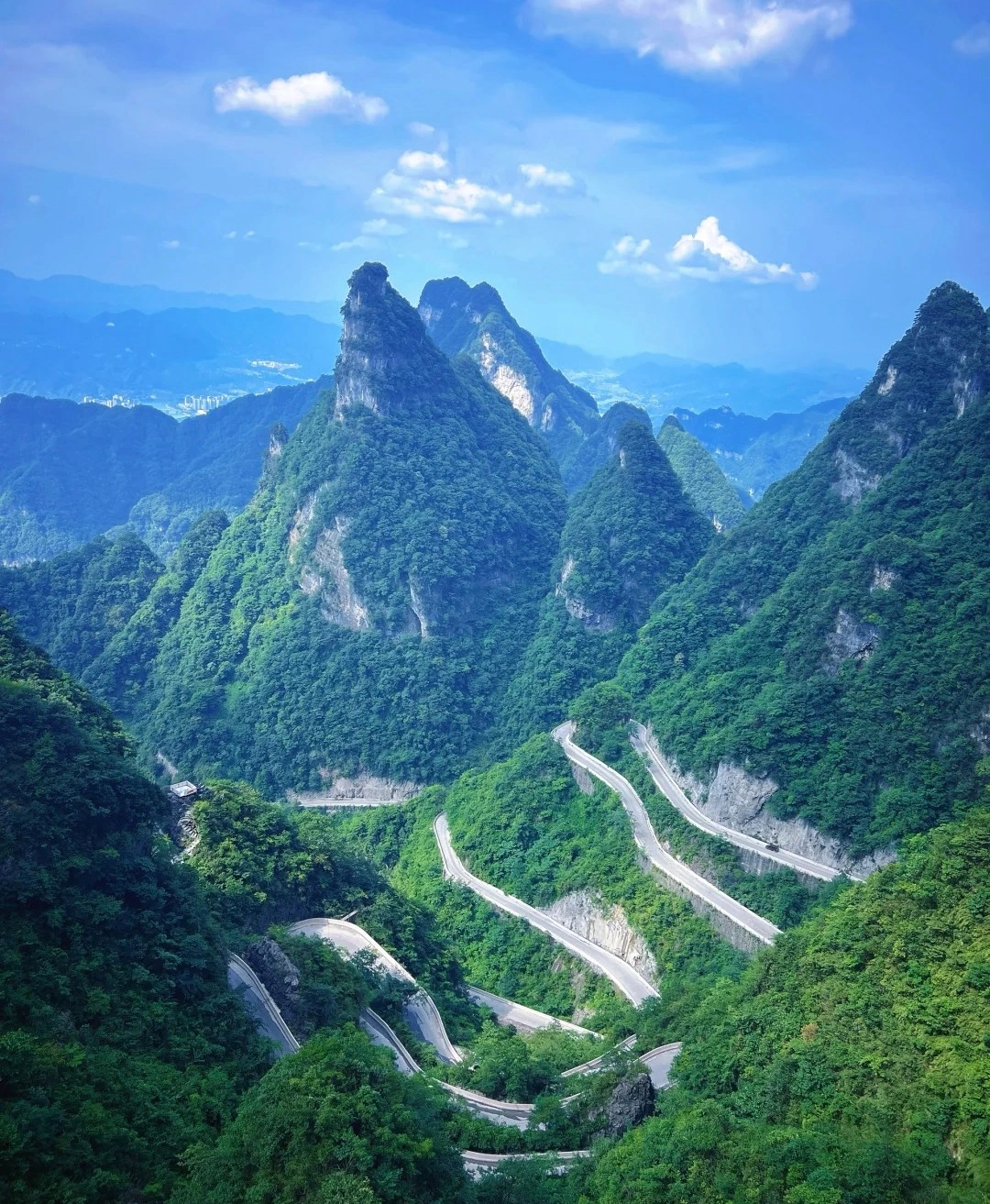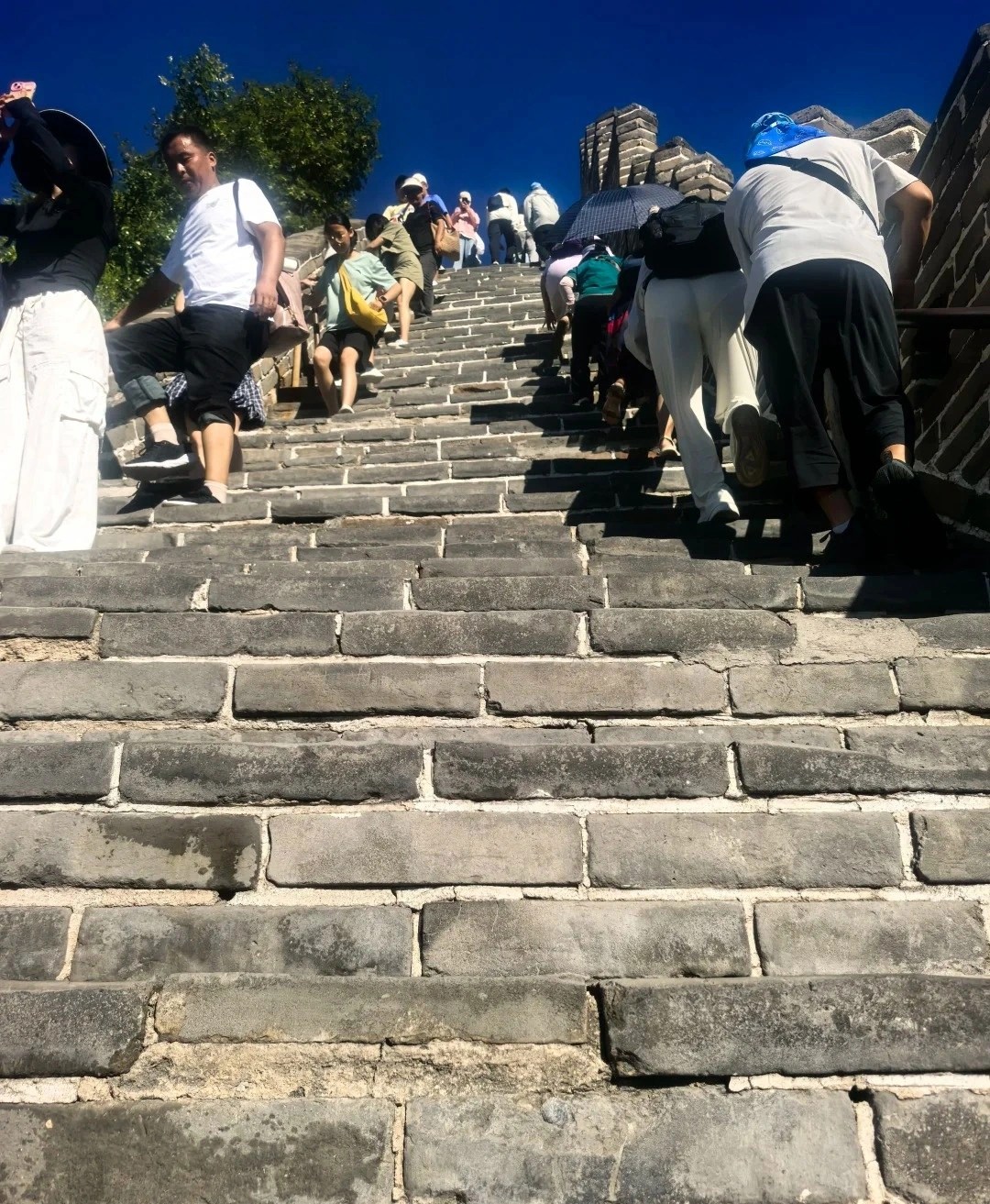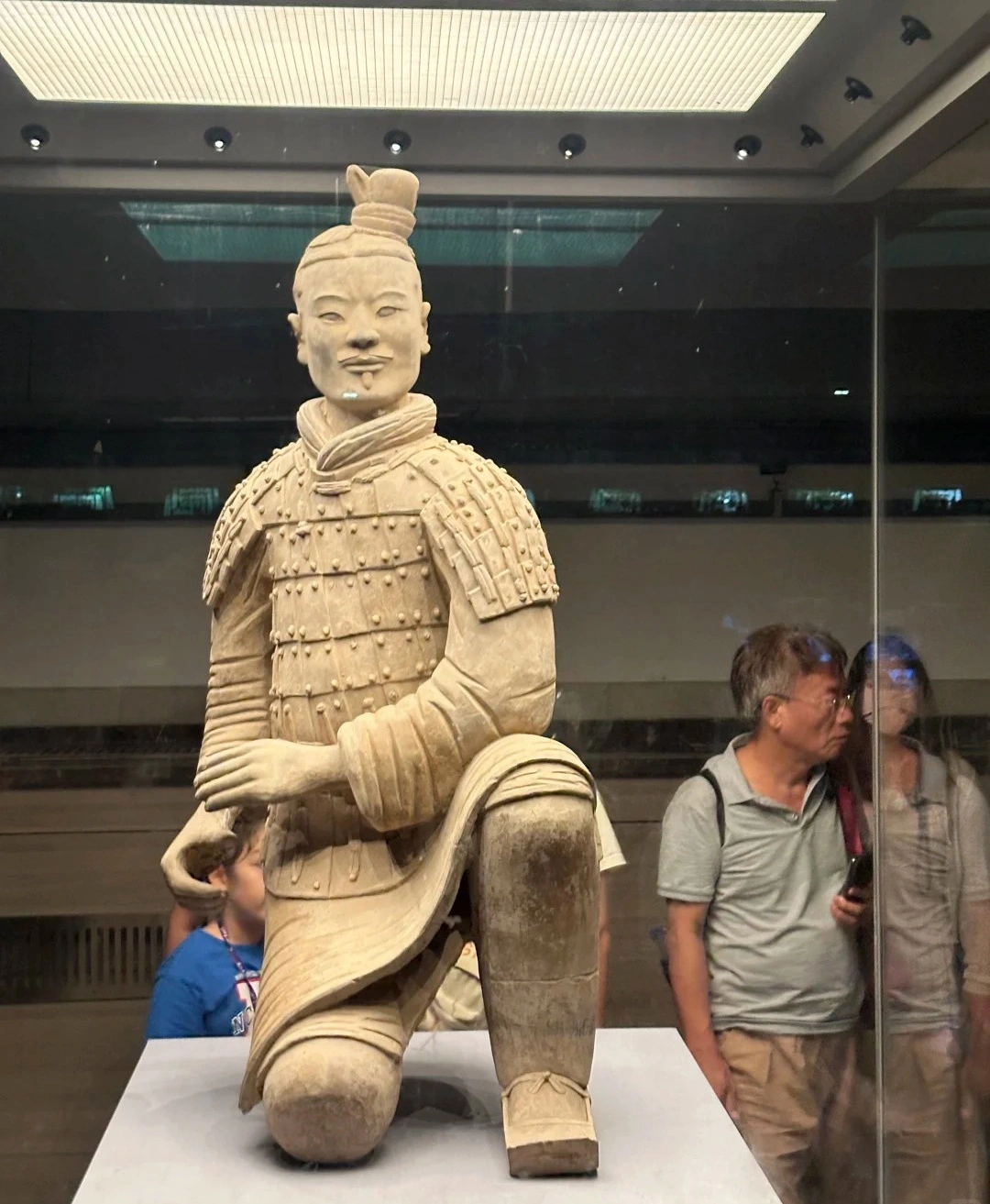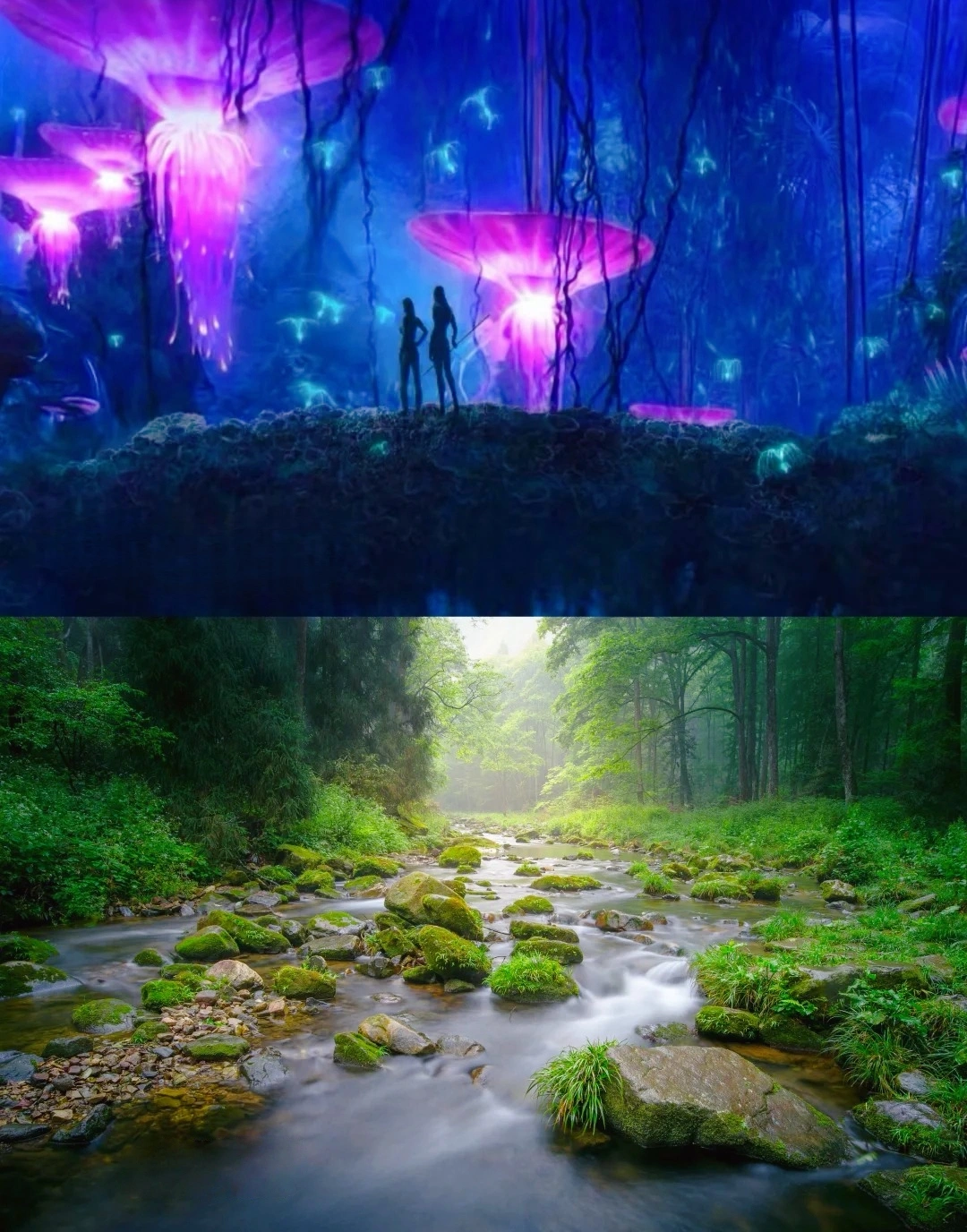Huitengxile Grassland
Historical Overview
This ancient steppe has sustained nomadic civilizations for over 3,000 years. Key historical milestones:
- 13th Century: Part of Genghis Khan's northern campaign routes
- 17th Century: Site of the decisive Battle of Huitengxile between Qing and Mongol forces
- 1995: First wind turbines installed, marking China's early renewable energy development
- 2015: Recognized as a national eco-tourism demonstration zone
Structural Layout
The grassland presents three distinct zones:
- Core Conservation Area (60% of total area): Undisturbed alpine meadows with 200+ plant species
- Wind Farm Zone: 342 turbines generating 500MW across 45sqkm
- Cultural Experience Zone: Traditional Mongolian yurts, horse tracks, and performance venues
Key landmarks include:
- Yellow Flower Valley (seasonal blooming meadows)
- Aobao Sacred Mounds (ancient navigation markers)
- 12km Wooden Boardwalk through wetland ecosystems
Major Attractions
- Wind Turbine Observation Deck: Panoramic views of 65m-tall turbines against mountain backdrops
- Yellow Flower Valley: June-August wildflower season with 50+ species including edelweiss
- Nomadic Culture Village: Traditional yurt stays with dairy product making demonstrations
- Huitengxile Lake: Glacial lake with migratory bird populations (April-October)
- Equestrian Center: Horseback riding across 15km designated trails
- Astro-Observatory: Dark Sky Park certification for stargazing
Suggested Itineraries
-
Classic Day Tour (6–7 hours):
Wind Farm Visitor Center → Yellow Flower Valley → Nomadic Culture Village → Aobao Mounds → Sunset Viewpoint
Highlights: Photography opportunities at wind turbines and wildflower fields -
Cultural Immersion (2 Days):
Day 1: Arrival → Yurt Camp Setup → Horseback Riding → Evening Bonfire
Day 2: Milk tea Making → Archery Lesson → Visit Wind Farm Museum → Departure -
Adventure Route (3 Days):
Day 1: Hiking in Yellow Flower Valley
Day 2: Mountain Biking on Boardwalk Trails
Day 3: Paragliding Experience → Local Museum Visit → Traditional Banquet
Ticket Purchase
- Online: Book via Ctrip or Fliggy (up to 15 days in advance)
- On-Site: Main Entrance Ticket Office (opens 7:30 AM)
- Prices:
Peak Season (June–August): ¥120 (adults), ¥60 (students)
Off-Season: ¥80 (adults), ¥40 (students)
Free: Children under 1.2m
Transportation
- By Car: 2.5-hour drive from Hohhot (150km via G6 Expressway)
- By Bus: Daily buses from Hohhot Long-Distance Bus Station (¥50/person)
- By Train: High-speed rail to Ulanqab Station + 40-minute taxi
- Guided Tours: Full-day tours from Hohhot starting at ¥300/person
Best Time & Tips
- Optimal Visit: June–September (wildflower season, average 18–25°C)
- Avoid Crowds: Weekdays (weekends host 5,000+ daily visitors)
- Essentials:
- Layered clothing (temperature swings of 15°C between day/night)
- Sun protection (UV index often exceeds 8)
- Cash for remote yurt vendors
- Prohibited: Littering, off-trail hiking, drone flying without permit
Contact Us
Что говорят наши клиенты?
На основе более 10 000 отзывов путешественников
